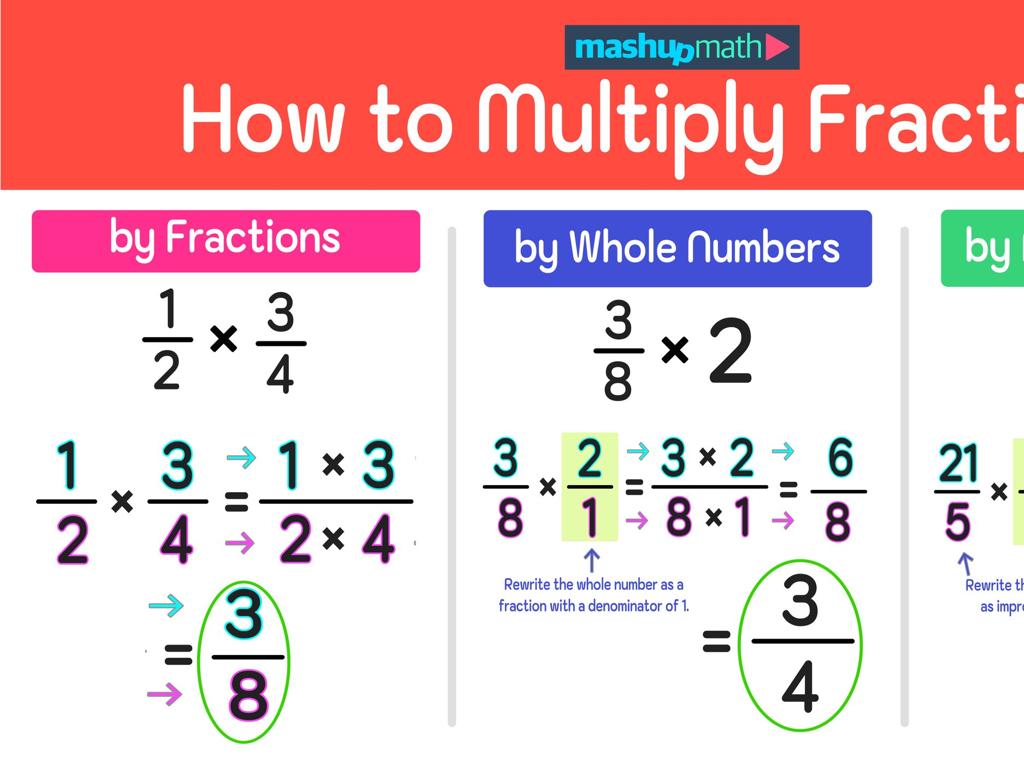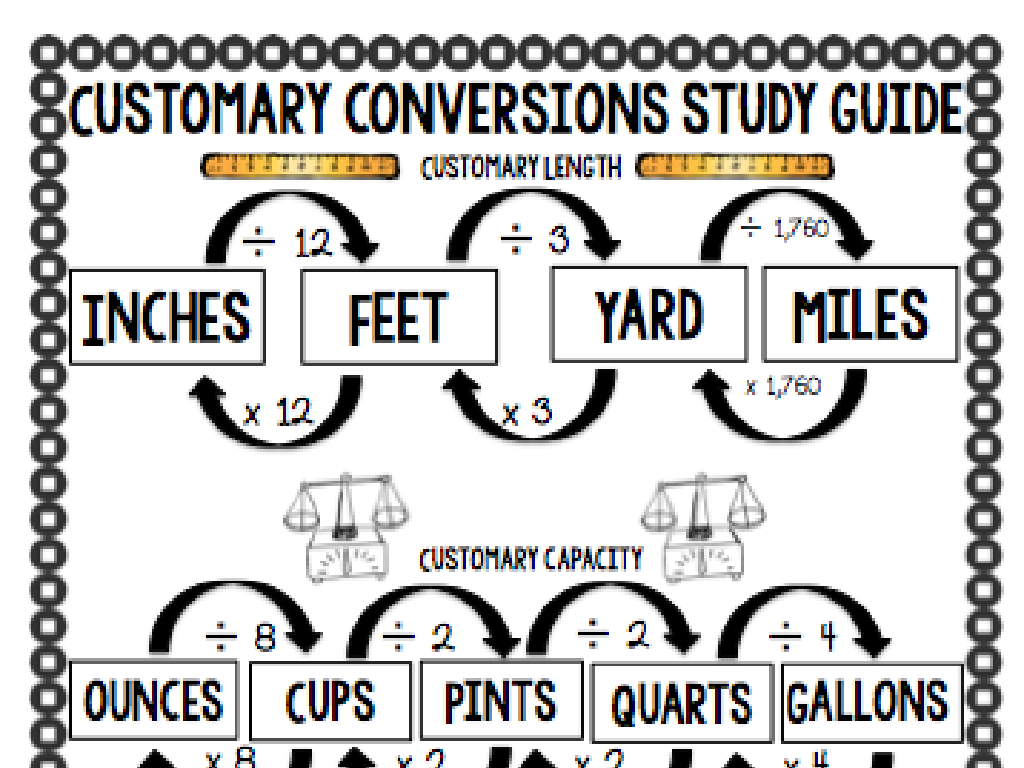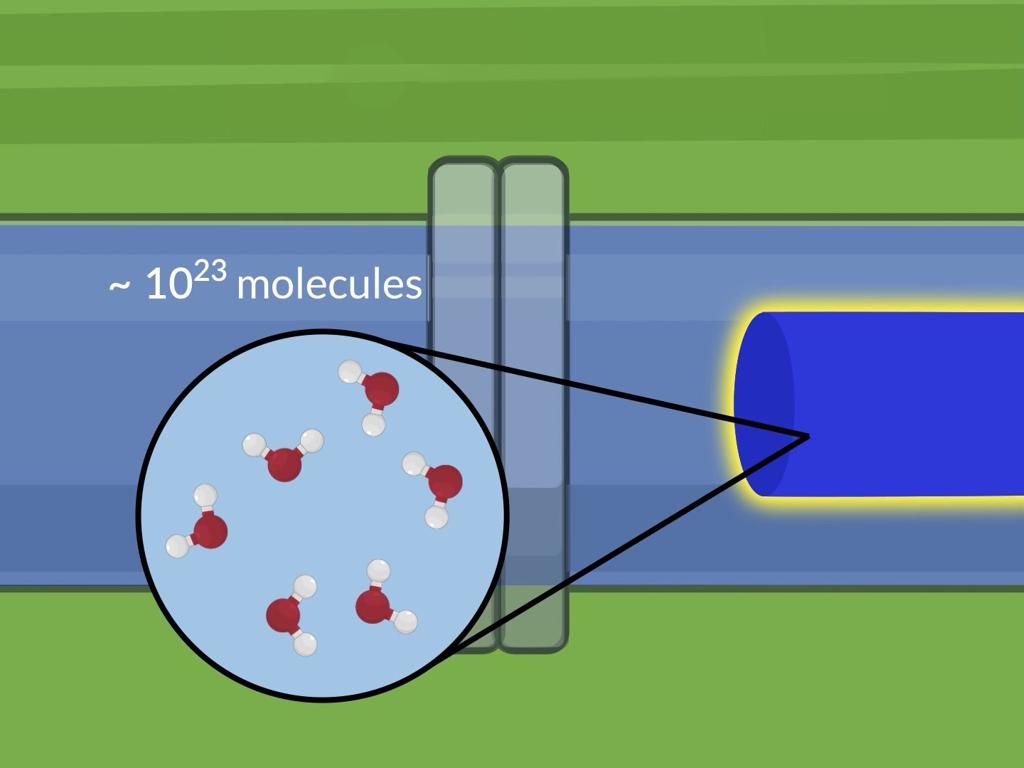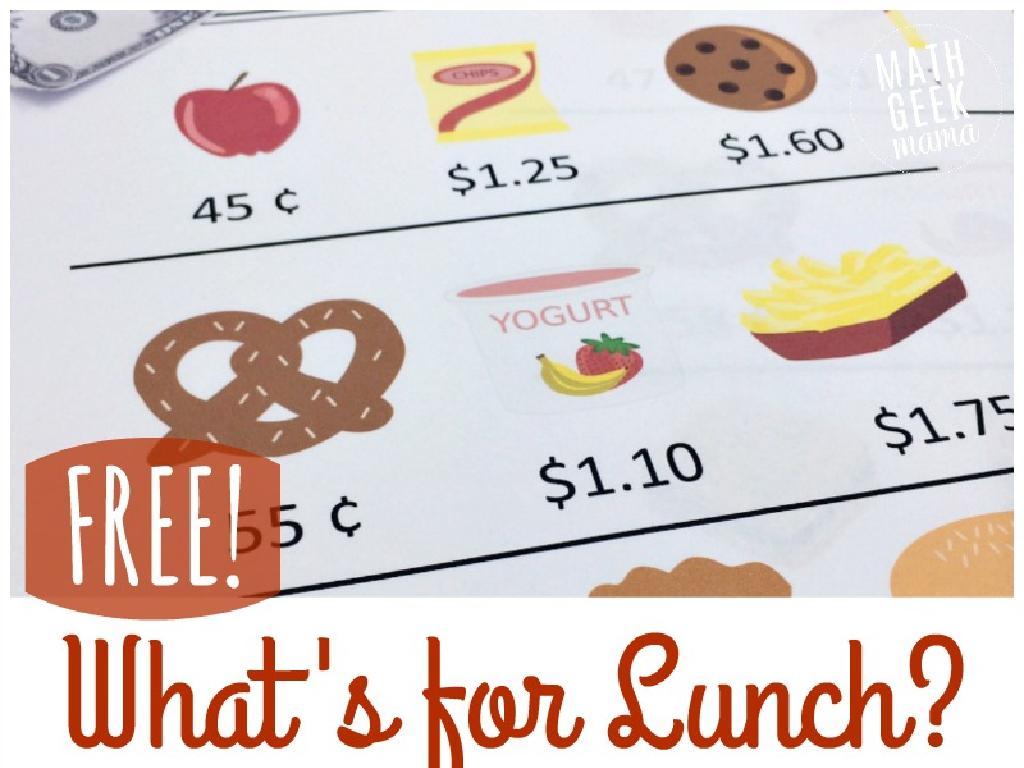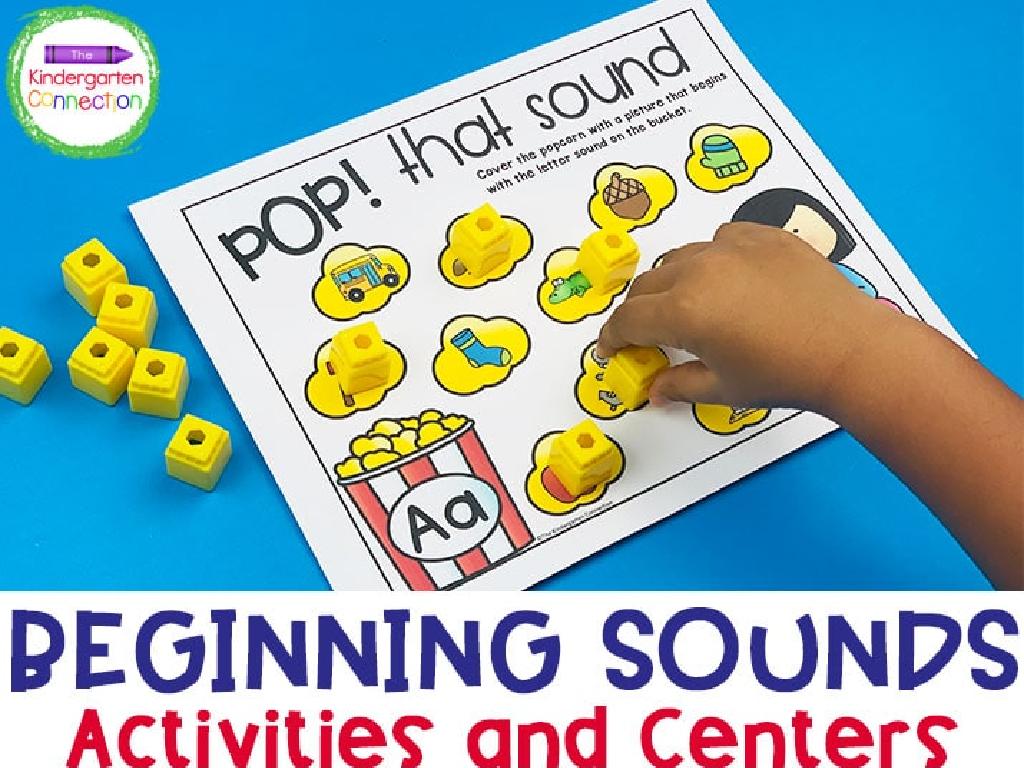Commas With Dates
Subject: Language arts
Grade: Third grade
Topic: Commas
Please LOG IN to download the presentation. Access is available to registered users only.
View More Content
Today’s Adventure: Commas with Dates!
– What’s a comma?
– A comma is a pause between ideas.
– Commas in sentences
– They help us separate parts of sentences.
– Dates need commas too
– We use them to separate days, months, and years.
– Practice makes perfect
|
Begin the lesson by introducing the comma as a punctuation mark that acts like a soft pause in our sentences, not a full stop like a period. Explain that commas have many uses, and today we’re focusing on their role in dates. Emphasize how commas help clarify the meaning of sentences by separating elements like the day from the month and the year. Provide examples of dates with and without commas to illustrate the difference. Encourage students to practice using commas in dates through written exercises, ensuring they understand the concept through repetition and reinforcement.
Understanding Commas in Dates
– What is a comma?
– A comma is a punctuation mark (,)
– Commas signal a short pause
– Like taking a breath when speaking
– Commas organize thoughts
– They help us sort out ideas
– Commas clarify writing
– They make sentences easier to understand
|
This slide introduces the basic concept of a comma to third-grade students. Begin by explaining that a comma is a punctuation mark used in writing, which looks like a small curve or hook (,). Emphasize that when we see a comma in a sentence, it’s a signal to take a short pause, similar to taking a breath when speaking. Commas are very useful because they help us organize our thoughts in writing, separating ideas so that what we write is clear and easy to read. Use examples to show how commas can change the meaning of a sentence and clarify the message we want to convey. Encourage students to think of commas as ‘traffic signals’ in writing that tell the reader when to pause.
Commas in a Series
– Review: Commas list items
– Commas help us list things like toys, colors, or food
– Example: eggs, milk, and bread
– ‘I need to buy eggs, milk, and bread.’ Each item is clear
– Commas separate items
– Without commas, it’s hard to tell where one item ends and another begins
|
This slide is a quick review of how commas are used to separate items in a list, which is a fundamental aspect of understanding commas in dates. Start by reminding students that commas act like a pause to help us read lists more clearly. Use everyday examples like a shopping list to make it relatable. Emphasize that each item in a list is distinct and commas prevent confusion. Encourage students to come up with their own lists and practice placing commas. This will prepare them for understanding how commas are used in dates, as they separate day, month, and year.
Using Commas with Dates
– Commas separate date parts
– Example: Wednesday, March 15, 2023
– Like in ‘Today is Wednesday, March 15, 2023’
– Comma after the day
– Always place a comma after the weekday
– Comma after the year
– Also, put a comma after the year when writing a full date
|
This slide introduces the concept of using commas in dates to third-grade students. It’s important to show them that commas have a role in separating the different parts of a date to make it clear and easy to read. Use the example provided to illustrate how commas are used after the day of the week and the year. Practice with additional examples and encourage students to write dates from their own lives, such as birthdays or holidays, using commas correctly. This will help them understand the practical application of the rule.
Why Use Commas in Dates?
– Commas organize date parts
– Commas separate day, month, and year for clarity
– They prevent day-year confusion
– Without commas, dates can be misunderstood
– Commas give a pause in dates
– A pause helps us read dates correctly
– Understanding date structure
|
This slide explains the importance of using commas when writing dates. Commas act as a tool to clearly separate the day, month, and year, ensuring that the reader understands the correct order of these elements. They also prevent confusion between similar-looking numbers, such as the day and the year. By teaching students to use commas, we help them to give a natural pause while reading dates aloud, which aids in comprehension. During the lesson, provide examples of dates with and without commas to illustrate the difference. Encourage students to practice writing dates in different formats and to read them aloud to feel the natural pause that commas provide.
Let’s Practice Commas with Dates!
– I’ll write dates on the board
– You tell me where commas go
– Example: Friday April 21 2023
– Friday, April 21, 2023
– Where do commas belong here?
– Think about where to pause when saying the date aloud
|
This interactive activity is designed to help students understand the use of commas in dates. Start by writing several dates on the board without commas. Ask the students to guide you on where to place the commas. Use the example provided to show them how commas are used to separate the day of the week from the month, and the day from the year. Encourage students to explain their reasoning and to practice saying the dates aloud with pauses where the commas would be. This will help them grasp the concept of natural pauses and the role of commas in written language. Prepare to correct and guide them through the activity, ensuring each student has a chance to participate.
Activity Time: My Birthday Month Calendar!
– Create a calendar for your birthday month
– Mark special dates using commas
– For example: May 5, 2021, was my last birthday.
– Write why these dates matter to you
– Maybe it’s a holiday, a family event, or a school break!
– Get ready to share with the class
|
This activity is designed to help students practice using commas in dates while engaging in a fun and personal project. Students will create a calendar of their birthday month and mark any special dates, using commas correctly. They should write a sentence or two explaining why these dates are significant to them, which will later be shared with the class. This exercise not only reinforces the lesson on commas with dates but also encourages students to reflect on important events in their lives. For the teacher: Prepare a calendar template for the students to fill in, provide examples of how to write dates with commas, and facilitate the sharing session by giving each student a chance to speak.
Wrapping Up: Commas with Dates
– Congrats on learning commas with dates!
– Always pause to check for commas
– Like taking a breath when speaking, look for places to insert commas
– Practice makes perfect
– The more you practice, the better you’ll get!
– Keep using commas in writing
– Try writing dates in sentences and add commas
|
This slide is a conclusion to reinforce the lesson on using commas with dates. It’s important to congratulate the students on their progress to boost their confidence. Remind them that using commas is like taking a pause when speaking, which can help them remember to include commas in the correct places. Encourage them to practice regularly, as this will help them become more comfortable with the rules. Suggest that they keep using commas in their writing, especially when writing dates, to reinforce what they’ve learned. You can also provide additional worksheets or activities for further practice.

